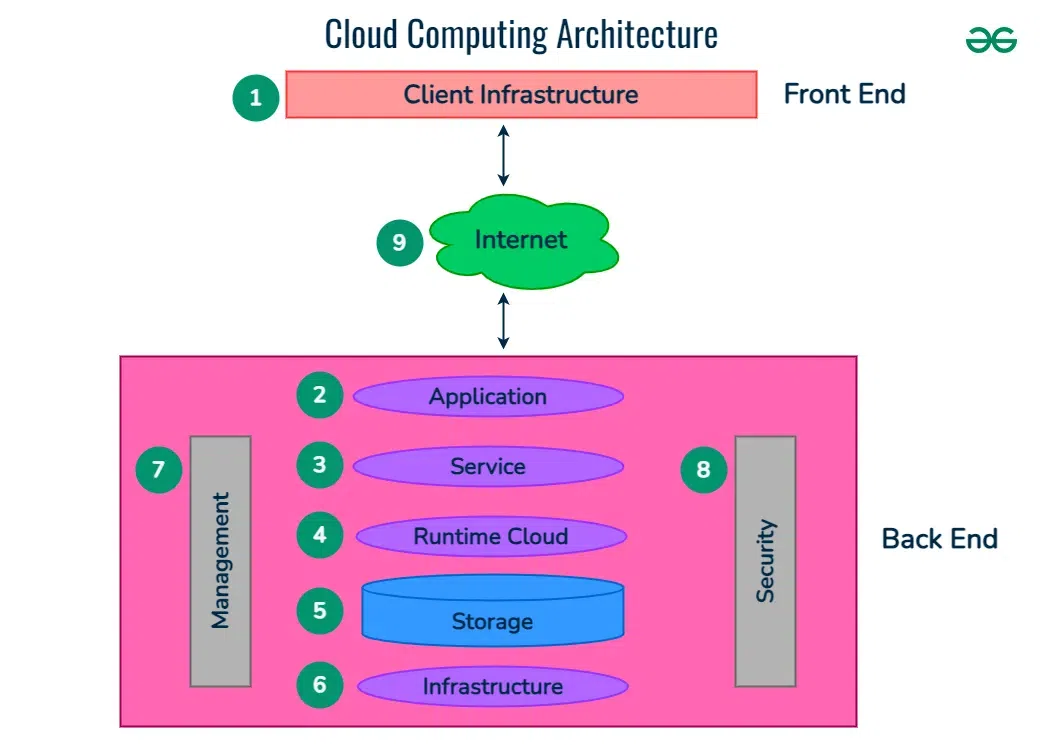Simplify Your Facilities With Cloud Services
As companies navigate the ever-evolving landscape of innovation and information monitoring, the role of cloud solutions in simplifying facilities has come to be increasingly popular. The allure of structured processes, enhanced performance, and enhanced source allocation via cloud remedies is undeniable. Nevertheless, the trip towards a more affordable and active IT infrastructure involves greater than just moving to the cloud. It requires a tactical strategy and a deep understanding of the subtleties of cloud adoption. So, exactly how can services properly browse this change and truly open the capacity of cloud services for streamlining their infrastructure?
Benefits of Cloud Services
Cloud solutions supply a structured approach to managing IT framework, giving organizations with scalability, cost-efficiency, and versatility. Among the essential advantages of cloud solutions is the scalability they provide. Businesses can easily scale their resources up or down based upon need, ensuring they only pay for what they utilize. This versatility is specifically advantageous for organizations with rising and fall demands or those experiencing development.
Additionally, cloud services get rid of the need for organizations to buy costly hardware and software application. This cost-efficiency is a considerable benefit, specifically for tiny to medium-sized business looking to minimize upfront expenses. By utilizing cloud solutions, companies can access top quality IT resources without the large cost related to standard framework configurations.
Moreover, cloud solutions give businesses with the adaptability to access their information and applications from anywhere with a net link. This degree of access enhances partnership amongst teams, makes it possible for remote work, and enhances overall productivity. The flexibility used by cloud services encourages organizations to adjust quickly to altering market conditions and consumer needs.
Cost Cost Savings and Scalability
Along with the operational advantages highlighted earlier, the integration of cloud services right into a firm's framework brings forth substantial price financial savings and enhanced scalability. Cloud services supply a pay-as-you-go model, enabling organizations to range sources up or down based upon existing needs, consequently avoiding the costs related to keeping excess capacity. This adaptability makes it possible for companies to adapt swiftly to varying needs without sustaining unneeded expenses.
Additionally, cloud solutions remove the need for upfront investments in software and hardware, lowering capital investment. Operating budget are also reduced as business no more need to take care of and maintain physical web servers, resulting in lower power consumption and IT staffing costs. Furthermore, cloud solutions supply automated updates and upkeep, making sure that the framework stays current and safe and secure without calling for hands-on interventions.
Enhanced Protection Steps
Applying stringent safety procedures is critical when incorporating cloud services into a business's infrastructure to secure delicate information and ensure conformity with industry laws. Cloud solution providers provide enhanced protection features such as data file encryption, firewall security, and multi-factor verification to reduce cybersecurity dangers.
In addition, regular safety audits and compliance assessments assist ensure and recognize vulnerabilities adherence to sector criteria. Firms can likewise take advantage of attributes like computerized protection updates and real-time danger surveillance offered by cloud service suppliers. By prioritizing protection actions and staying aggressive in resolving possible risks, businesses can with confidence utilize cloud services while safeguarding their check useful data from unapproved gain access to or breaches.
Transitioning to Cloud Infrastructure
To effectively incorporate cloud solutions into a business's infrastructure, an organized approach that attends to the change in the direction of cloud-based remedies is crucial. Transitioning to cloud framework entails cautious preparation and execution to make certain a smooth migration process - linkdaddy cloud services.
When the analysis is total, a movement technique ought to be created. This strategy should outline the timeline, resources, and responsibilities for relocating each component to the cloud. It is vital to interact this plan plainly to all stakeholders to make certain placement and lessen disturbances during the change.
Throughout the migration monitoring, process and testing are vital to recognize and deal with any kind of problems promptly. Regular checkpoints ought to be developed to track progress and make essential adjustments. In addition, training for workers on utilizing cloud solutions need to be provided to make sure a successful change and optimize the advantages of the brand-new infrastructure.
Best Practices for Cloud Fostering
Successful adoption of cloud solutions rests on the tactical placement of company objectives with technical abilities and organizational preparedness. To make certain a smooth change to the cloud, companies should start by carrying out a thorough assessment of their existing infrastructure and recognizing which workloads are best suited for cloud movement. It is crucial to include crucial stakeholders from different departments in the decision-making procedure to acquire buy-in and deal with any type try this website of concerns at an early stage.
Another best technique for cloud adoption is to focus on safety and conformity. Organizations should thoroughly examine the safety steps supplied by cloud provider and ensure that their data is secured according to sector requirements and regulatory requirements. Applying durable information file encryption, gain access to controls, and normal safety and security audits can assist mitigate dangers related to cloud adoption.

Final Thought

As companies navigate the ever-evolving landscape of modern technology and data administration, the duty of cloud solutions in simplifying facilities has actually come to be progressively prominent - Cloud Services. Just how can businesses efficiently navigate this change and really open the potential of cloud services for streamlining their infrastructure?
Cloud services provide a structured strategy to handling IT facilities, supplying organizations with scalability, versatility, and cost-efficiency. By making use of cloud solutions, services can access premium IT resources without the significant cost tag connected with conventional facilities arrangements.
To make certain a smooth change to the cloud, companies need to begin by performing a thorough analysis of their existing infrastructure and determining which workloads are best suited for cloud migration.
Comments on “Understanding LinkDaddy Cloud Services: The Ultimate Overview to Cloud Services Press Release Techniques”